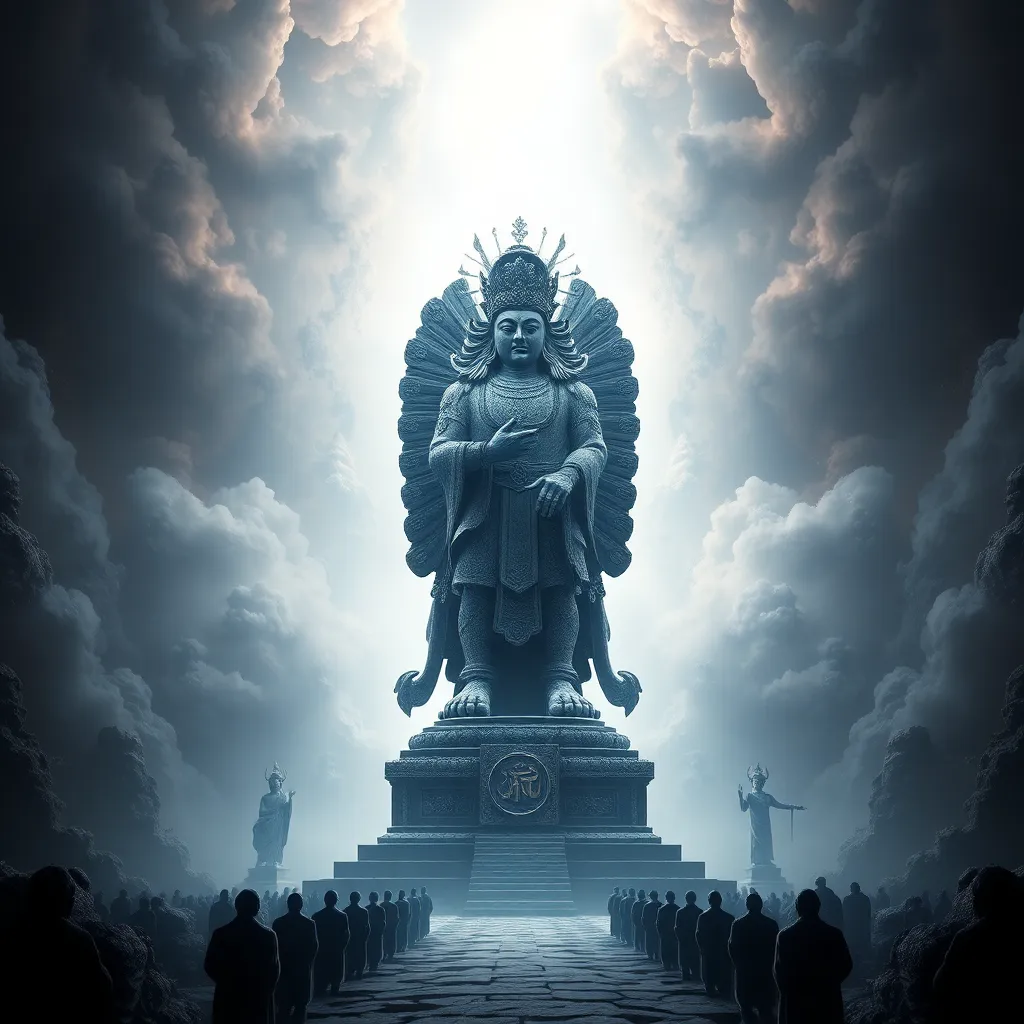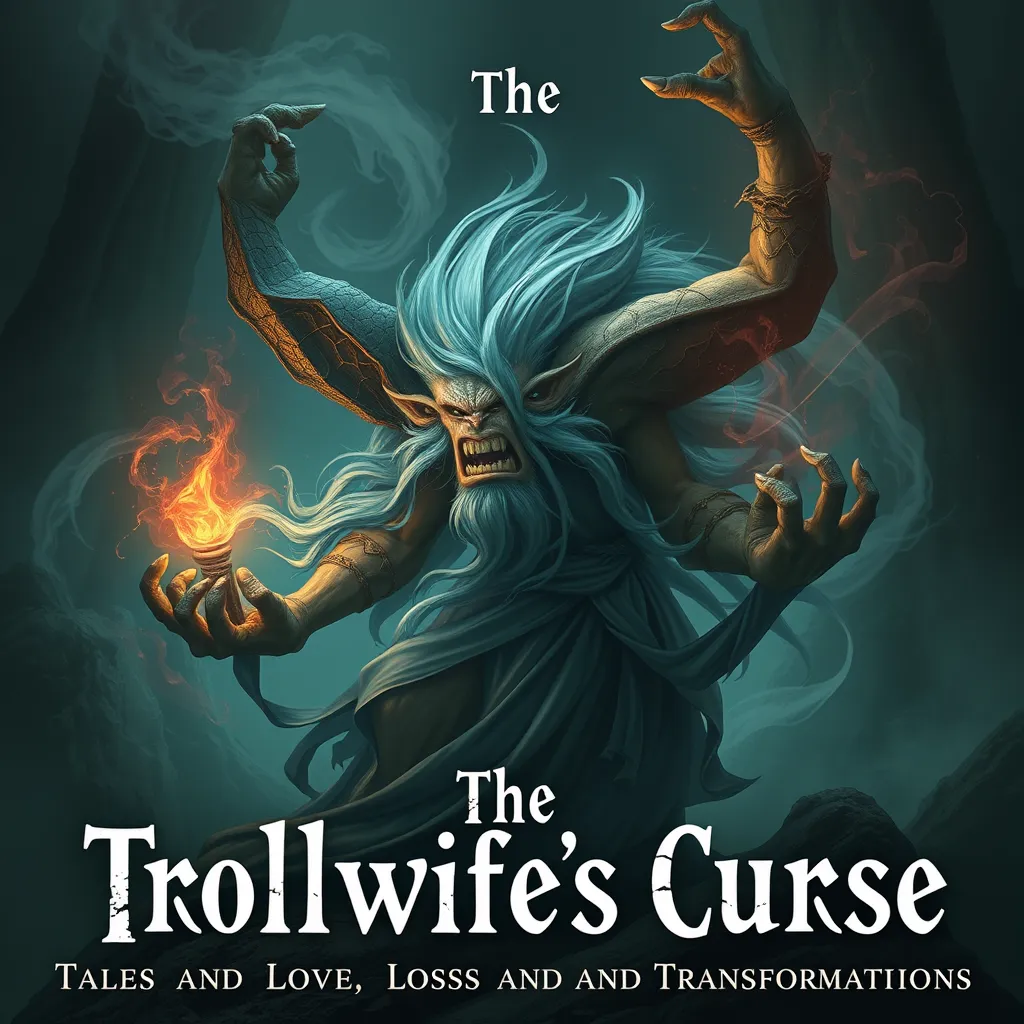The Oni’s Journey: Tracing the Path of the Oni in Korean Folklore and Literature
I. Introduction
The term “Oni” is often associated with malevolent spirits or demons in East Asian folklore, particularly in Japanese culture. However, in the context of Korean folklore, the term can also encompass a range of supernatural beings that embody various human emotions and societal fears. The significance of the Oni in folklore lies in its ability to reflect cultural values and societal beliefs through the ages.
In Korea, the Oni has been integrated into the cultural landscape, manifesting in various forms across literature and oral traditions. This article aims to explore the Oni’s journey through Korean folklore and literature, examining its origins, characteristics, and the impact it has had on contemporary culture.
II. Historical Origins of the Oni in Korean Folklore
The origins of Oni-like figures in Korean folklore can be traced back to ancient myths and legends. Early references suggest that these beings were often depicted as fearsome creatures, embodying the darker aspects of human nature.
- Early References: Texts from the Goryeo Dynasty include descriptions of monstrous beings that share similarities with the Japanese Oni.
- Influence of Neighboring Cultures: The cultural exchanges between Korea, China, and Japan have significantly shaped the interpretation of Oni in Korea. Chinese myths introduced various demon figures that influenced the Korean narrative.
- Evolution Over Time: As Korea underwent various social and political changes, the representation of the Oni evolved, reflecting contemporary fears and cultural shifts.
III. The Oni in Traditional Korean Folktales
Traditional Korean folktales often feature Oni-like figures, illustrating not only the supernatural elements of these beings but also the morals and societal norms of the time.
- Notable Folktales: Some prominent tales include “The Tale of the Three Brothers” and “The Goblin’s Bride,” where characters resembling Oni play pivotal roles.
- Themes and Morals: Common themes include the duality of good and evil, the consequences of greed, and the importance of familial bonds.
- Role in Societal Beliefs: The Oni serves as a cautionary figure, representing societal fears and reinforcing cultural values through its actions in stories.
IV. The Oni’s Characteristics and Symbolism
The depiction of the Oni in Korean folklore is characterized by distinct physical traits and symbolic meanings that enrich the narrative.
- Physical Descriptions: Oni are often described as large, fearsome beings with horns, sharp teeth, and colorful skin, reflecting their terrifying nature.
- Symbolic Meanings: In folklore, the Oni symbolizes fear and chaos but can also represent protection against malevolent forces. They are seen as guardians of the underworld, embodying both danger and safety.
- Comparisons with Other Cultures: Similar creatures exist in various cultures, such as the Japanese Oni and the Chinese Yaoguai, each reflecting the unique societal fears and values of their respective societies.
V. The Oni in Korean Literature
The Oni’s presence extends beyond oral traditions into the realm of literature, where it has been explored in various forms throughout Korean history.
- Classical Literature: In classical Korean literature, Oni are often portrayed in poetry and prose, serving as allegorical figures that convey deeper philosophical meanings.
- Modern Adaptations: Contemporary writers have reinterpreted the Oni, incorporating them into modern narratives that resonate with current societal issues, such as identity and existentialism.
- Evolution of Role: The role of the Oni in literature has evolved from a strictly malevolent figure to a more complex character that can embody various human experiences and emotions.
VI. The Oni’s Influence on Popular Culture
In recent years, the Oni has found a place in popular culture, influencing various forms of artistic expression and entertainment.
- Film and Theater: The Oni has been depicted in films and theatrical productions, often reimagined as both terrifying and sympathetic characters.
- Visual Arts: Artists draw inspiration from Oni mythology, creating works that explore the tension between fear and fascination.
- Storytelling and Design: The Oni’s unique characteristics have influenced character design in video games and animation, contributing to modern storytelling techniques.
VII. Comparative Analysis with Oni in Other Cultures
A comparative analysis of the Oni across cultures reveals both similarities and differences that enrich our understanding of folklore.
- Similarities and Differences: While the Korean Oni shares traits with Japanese Onis, such as their fearsome appearance and connection to chaos, Korean interpretations often emphasize their duality as protectors as well.
- Cross-Cultural Exchanges: The movement of ideas and stories between cultures has led to a blending of traits, resulting in unique interpretations of the Oni across East Asia.
- Global Implications: Studying the Oni in various cultural contexts enhances our understanding of how folklore evolves and its role in shaping cultural identity.
VIII. Conclusion
The journey of the Oni in Korean folklore and literature is a testament to the rich tapestry of cultural narratives that have shaped societal beliefs over centuries. From early depictions to modern interpretations, the Oni remains a compelling figure that embodies both fear and fascination.
Preserving these cultural narratives is crucial for future generations, as they provide insight into the values and fears of the past. As society continues to evolve, the Oni’s relevance persists, reminding us of the complexities of human nature and the stories that connect us across time and space.



